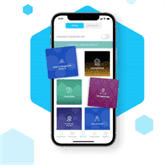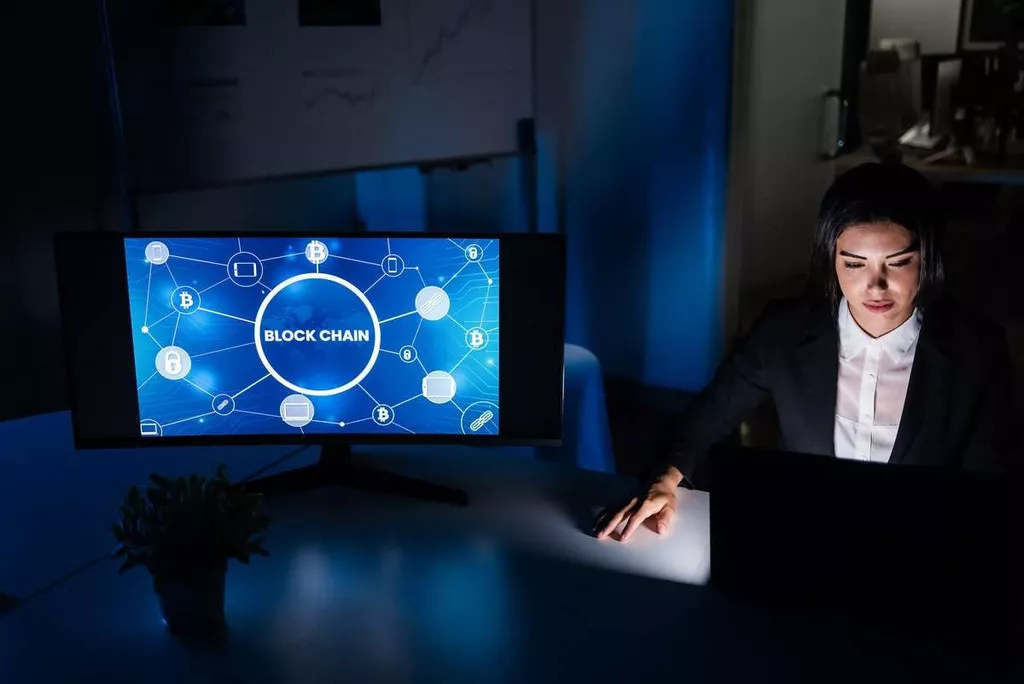For example, a virtual reality field trip to other parts of the world, whether it be Peru or China, exposes students to cultures other than their own. Virtual reality in education can be used in K-12 classrooms, for vocational training and in higher education settings. In early 2020, just before the onset of the coronavirus pandemic in the United States, Southern New Hampshire University (SNHU) faculty, staff, and students caught a glimpse of the classroom of the future. To better understand the feasibility of using virtual reality (VR) as an educational tool, a campus multipurpose room was transformed into something from another time. Posters taped to the doors announced to passersby that «immersive learning» was in progress.
VR learning also empowers children with physical disabilities to join their peers on spectacular journeys in the metaverse. Every student will have the ability to dive deep into the Mariana Trench to discover the mysterious marine ecosystem or fly up high above the atmosphere to observe the workings of planet Earth. The ability to combine these skills is vital for the project’s successful execution. It is important to describe a solution in a way that other people would comprehend and deploy the right way. If the budget for training is limited and there’s no way you can employ a storyboard writer, it is worth considering other options than VR.
High School Football
The magic of VR comes down to the headsets ability to track the user’s head and eye movement and change perspective with you. Headsets are also able to track your body’s movement, allowing you to walk within the simulated environment. It comes as no surprise that something so powerful can be a massively helpful teaching tool.

Hopefully, these great examples get you excited about the possibilities of using augmented and virtual reality in education. Users benefit from VR sports solutions not only because they are fun to use but also because they provide a real opportunity to practice and work on real skills. VR Motion Learning’s sports education programs, for example, help optimize motion techniques by analyzing the individual biomechanics of users.
VirtualSpeech VR
Research into the psychological impact of VR on students suggests that VR should be used moderately and under close supervision in school settings. The findings of the research as reported in a recent CNN.com article recounts that children who overused VR had false memories of having physically visited a place they actually never visited. Limiting VR education sessions to a couple of minutes as part https://www.globalcloudteam.com/ of a longer lesson plan can address this issue. In another instance, a hospital found that using VR to train medical students increased their retention rate by 80% a year after the lecture compared to 20% a week after when they didn’t use VR. This boost in retention isn’t so surprising when you consider that VR promotes student curiosity and keeps them engaged even when learning challenging topics.

For example, in a March 2019 report, EdTech cites a study showing that students in a mixed reality biology classroom received higher scores than other students. And AR and VR can help with memory retention and recall, as well—EdTech reports on a recent study that shows an increase in retention of almost 9 percent for students who learned in an immersive environment such as VR. As VR technology develops even further with better eye tracking and motion sensitivity, it will create new layers of immersive experience. In the future, this means that learners will fully live out and understand learning experiences and educational moments.
What Is Virtual Reality in Education?
While it’s not specifically built for the classroom, it packs in so much power, so many features, and such a wealth of content that it’s a great classroom tool. It’s not cheap, and you do need a Facebook account to get up and running, but it’s worth all that for the super accurate gesture controls and more. The system comes in a box with a what is virtual reality in education selection of headsets and all the kit needed for set up and keeping the system charged for use. An optional 360-degree video recording setup allows users to make their own videos – ideal for a virtual tour of the school, for example. The ClassVR system, by Avantis, is a purpose-built VR headset and software package designed for schools.
- On the other hand, virtual lab simulation gives STEM students the option of experimenting in million-dollar labs or mixing different chemicals in a virtual chemistry class without fear of blowing anything up in real life.
- With SkyView, anyone can point their mobile device upward to identify stars, constellations, planets, and even satellites.
- Safe to say, this app definitely makes learning about space a little more exciting than it otherwise would be.
- The system comes in a box with a selection of headsets and all the kit needed for set up and keeping the system charged for use.
But state-of-the-art labs where so much hands-on STEM learning takes place can be difficult and costly to access. Labster democratizes the process with virtual lab environments for more than two dozen course packages, including high school physics, biosciences for nursing, animal physiology, advanced biology and engineering. Labster also owns UbiSim, a VR training platform for nurses that lets learners participate in risk-free clinical scenarios using VR headsets and controllers. AR can be an amazing teaching tool and is more accessible than VR, seeing as it can be used with smartphones and tablets.
Designing for the Classroom of the Future
Quickly building applications and making improvements where possible, Wei pushes the envelope of what VR can achieve. An experienced and accomplished business development and management executive committed to driving exceptional sales results for organizations, while exceeding all expectations for customers. Possesses a keen ability to motivate and inspire staff and colleagues to achieve success, both personally and professionally. Experienced in transforming laggard sales teams into highly focused and disciplined peak performers.
Virtual Reality technology allows students to participate in a three-dimensional world, where they can interact with what is presented. There are increasingly complicated levels of VR, with ‘immersion’ the most sophisticated. At this level, the student must wear a headset that contains two small screens (which hover in front of each eye), as well as headphones to transmit sound in the virtual world. This set up allows the user to feel that they are in the scene as the program tracks their behaviour and adjusts what is presented accordingly. At VR Vision we use immersive technology to unlock new ways of learning that have never been experienced before. We develop our own education content as well as work with school boards to build out VR curriculum that fosters knowledge retention like never before.
Featured Specials and Programs
Children with autism also have a hard time managing stimuli, especially when something unexpected happens during a routine. Being able to calm one’s self is a huge life skill, and VR education apps can assist with that process. For the first time bringing the ability to connect, and practice hands-on collaborative learning in a digital real-time environment. Participating in a discussion and simulating the real experience is the most effective way to learn.

Unfortunately, vocational training is often seen as a second choice — something that students do when they can’t get into a university. Some trade schools are trying to change this by using VR technology to give prospective students a glimpse into a vocational graduate’s daily life. With VR, applicants can go on virtual reality campus tours to see what it would be like to attend a college or university in another city or even another country.
How to become a school psychologist
Before looking into some of the benefits of virtual reality in education, let’s define what virtual reality is and how it differs from augmented reality. AR is used on a smart device to project a layer of educational text and lesson-appropriate content on top of a user’s actual surroundings, providing students with interactive and meaningful learning experiences. VR creates an entire digital environment, a 360-degree, immersive user experience that feels real. In a VR setting, students can interact with what they see as if they were really there.
